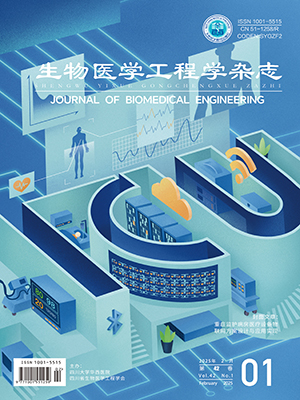Event-related desynchronization (ERD) is the basic feature of electroencephalogram (EEG), and the brain-computer interface based on motor imagery (MI-BCI) with the foundation of the analysis of ERD is of great significance in motor function recovery. The valid ERD characteristics extracted from EEG are the key to the performance of the BCI, so the study of which kind of stimulation mode can prompt subjects to generate more obvious characteristics of ERD is crucial. Four different stimulation modes are designed in this paper, and the effects of motion imagery tasks under static text stimulation, grip video stimulation, serial motion video stimulation of fingers as well as serial motion video stimulation of fingers with sound on the characteristics of ERD are analyzed. Combining the analysis of time-frequency spectrum, the power spectral density curve, ERD value and brain topographic map, it is shown that the ERD under serial motion video stimulation of fingers and serial motion video stimulation of fingers with sound modes is much stronger and has wider range of activation, and the BCI based on the analysis of ERD will have a better effect on practical application. As a result, the recognition and acceptance of the users of BCI system are improved in some extent.
Citation: ZHAO Li, LI Xiaoqin, BIAN Yan, WANG Xuanfang, YANG Genghuang. Study on feature modulation of electroencephalogram induced by motor imagery under multi-modal stimulation. Journal of Biomedical Engineering, 2018, 35(3): 343-349. doi: 10.7507/1001-5515.201708061 Copy
Copyright © the editorial department of Journal of Biomedical Engineering of West China Medical Publisher. All rights reserved




